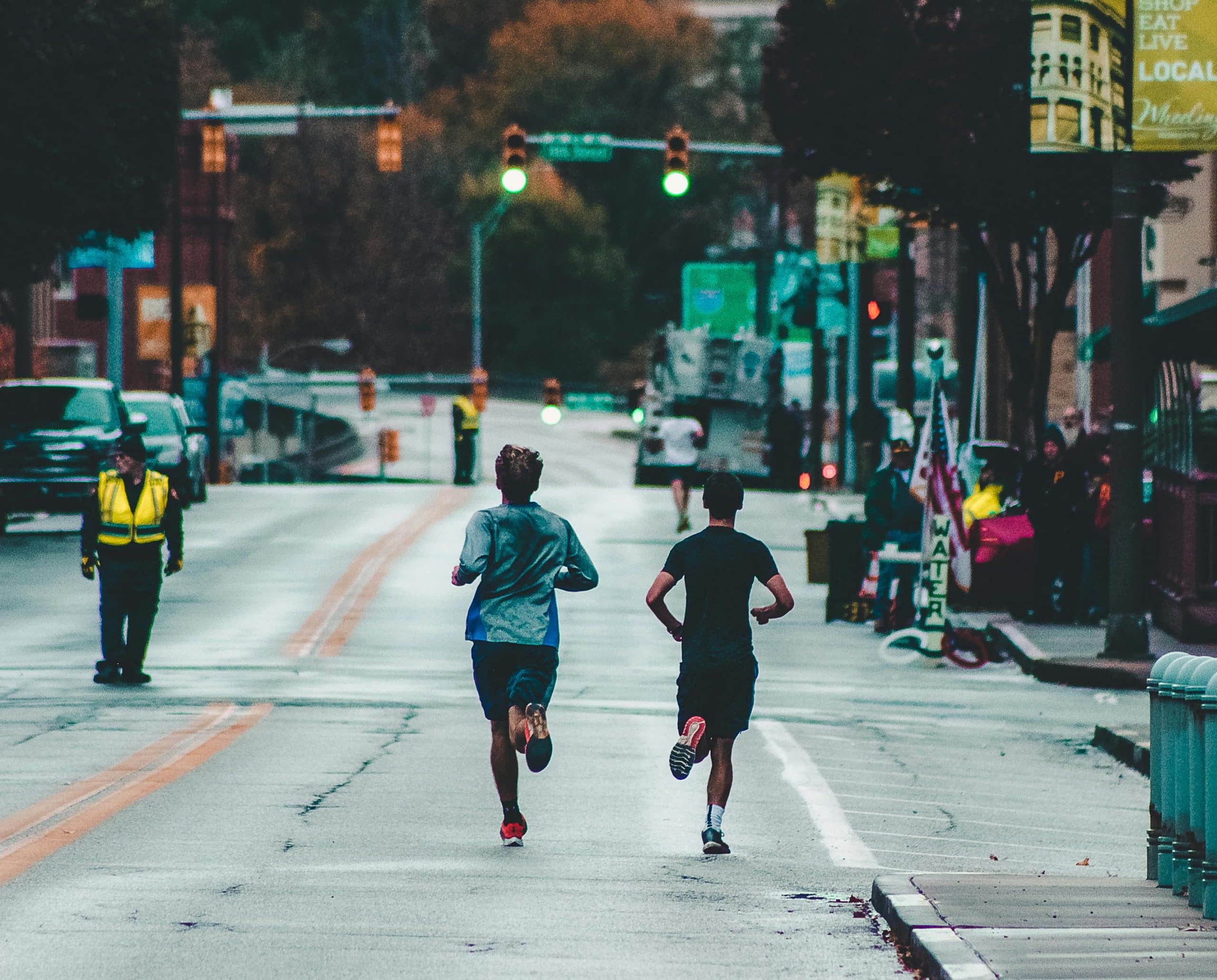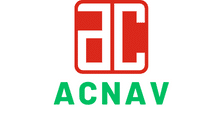What Are the Most Effective Recovery Strategies for Post-Marathon Muscle Damage?

Running a marathon is no mean feat. It is a culmination of months, if not years, of rigorous training, discipline, and unparalleled commitment. Yet, the real struggle often begins after crossing the finish line. The toll it takes on the body, particularly your muscles, can be significant, leading to post-race discomfort and delayed muscle soreness.
In this article, we will delve into muscle recovery strategies post-marathon. Drawing insights from trusted scholarly resources such as Google Scholar, Crossref, PubMed and PMC, let’s break down what you can do to bounce back stronger after a gruelling race.
Also to read : Experience the excitement of Gel Blasters now!
1. Understanding Post-Marathon Muscle Damage
Before delving into the recovery strategies, it’s essential to understand what happens to your body post-marathon. Running a marathon is a high-intensity exercise that puts immense strain on various muscle groups. The impact is even more profound if you’re an endurance sports enthusiast or a professional athlete.
Muscle damage post-marathon is a common occurrence. It is primarily caused by microscopic tears in muscle fibers during the long, strenuous exercise. This damage may lead to inflammation, pain, swelling, and decreased muscle performance. The recovery process aims to repair these damaged tissues, alleviate discomfort, and restore muscle function.
Also to read : How Can Biomechanical Analysis Improve Injury Prevention in Triple Jumpers?
2. The Role of Sleep in Muscle Recovery
Running a marathon often leaves you feeling exhausted physically and mentally. This is where sleep, one of the most natural and powerful recovery tools, comes into the picture.
Sleep is often overlooked, yet it is critical for muscle recovery. During sleep, your body enters a state of restorative stillness. This allows for increased blood flow to the muscles, providing them with essential nutrients needed for repair and growth. Concurrently, the body releases growth hormones that facilitate tissue repair, muscle recovery, and strengthening.
To reap maximum benefits, aim for quality sleep. This means getting enough hours, preferably 7-9 hours for adults as recommended by numerous studies. Your sleep environment should also be conducive, free of distractions, and ideally dark, quiet, and cool.
3. Compression Gear and Massage for Post-Marathon Recovery
Post-marathon muscle damage can also be mitigated through the use of compression gear and massage.
Compression garments, such as socks, tights, and sleeves, apply pressure to your muscles, thereby promoting blood flow. This can help in reducing inflammation and swelling, while also alleviating muscle pain. A study on PubMed indicates that wearing compression gear post-exercise can accelerate muscle recovery and enhance subsequent performance.
Massage is another effective strategy for muscle recovery. It works by manipulating soft tissues in the body, which can help alleviate muscle tension, reduce soreness, and improve flexibility. A post-marathon massage can also stimulate blood circulation, promoting faster healing of the damaged muscle tissues.
4. Nutrition and Hydration for Muscle Repair
Nutrition plays a pivotal role in muscle recovery post-marathon. After the strenuous exercise, your body needs specific nutrients to repair muscle tissue, replenish energy stores, and prevent excessive muscle soreness.
Post-race, opt for meals high in protein, an essential nutrient that aids in muscle repair and growth. Foods rich in carbohydrates are equally important to replenish the glycogen stores depleted during the race. Anti-inflammatory foods, such as fruits and vegetables, can help reduce muscle inflammation.
Hydration is another key aspect of recovery. Water supports every metabolic function in the body, including nutrient transport and muscle repair. Post-marathon, it’s crucial to replace the fluids lost through sweat during the race.
5. Active Recovery and Rest
Active recovery refers to engaging in low-intensity exercise after the marathon. It helps to reduce lactic acid accumulation in your muscles, which is one of the main culprits for muscle soreness.
Activities like light cycling, swimming, or walking can be beneficial. These exercises enhance blood circulation, thereby delivering more oxygen and nutrients to the muscles for repair.
Rest, on the other hand, is just as significant as active recovery. It provides your body with the much-needed downtime to repair and rebuild the damaged muscle tissues. After a marathon, taking a few days off intense training is a smart move to prevent overuse injuries and promote total body recovery.
Running a marathon is not for the faint-hearted. It pushes the boundaries of endurance, willpower, and physical strength. But remember, it’s just as important to focus on what happens after the race. By prioritizing recovery and giving your body the care it needs, you can bounce back stronger, ready to conquer the next challenge.
6. Cold Water Immersion and Marathon Recovery
Cold water immersion, often referred to as ice baths, is an effective recovery strategy for muscle damage post-marathon. Immersing your body in cold water after a strenuous race can significantly reduce inflammation, pain, and muscle soreness.
When you dip into cold water, the low temperature causes your blood vessels to constrict, thereby reducing blood flow to your muscles. This process, also known as vasoconstriction, can help minimize muscle inflammation and swelling. Once you exit the cold water, your blood vessels dilate, and the blood flow increases. This improved circulation can aid in flushing out lactic acid and other waste products from your muscles, speeding up the recovery process.
In a meta-analysis published on Google Scholar, cold water immersion was found to be effective in alleviating exercise-induced muscle damage and delayed onset muscle soreness. However, the optimal duration and temperature for cold water immersion are still under debate. A common recommendation is immersing in water at a temperature of 10-15 degrees Celsius for 10-20 minutes post-exercise.
7. The Impact of Post-Marathon Recovery on Long-Term Performance
The overall impact of marathon recovery strategies on long-term athletic performance is significant. Marathon runners who prioritize post-race recovery tend to have a faster bounce-back rate, allowing them to return to training sooner.
The effective management of post-marathon muscle damage through strategies like sleep, massage, active recovery, nutrition, hydration, and cold water immersion can promote faster healing of the damaged muscle tissues. This can result in improved muscle function, reduced risk of injury, and enhanced performance in subsequent races.
Every marathon runner is unique, and what works best for one may not necessarily work for another. Therefore, it’s beneficial for runners to experiment with various strategies to identify the most effective recovery regime for their bodies.
In Conclusion
Running a marathon is a remarkable achievement, yet it’s the recovery phase that can make or break an athlete’s long-term performance. As highlighted in this article, there are various strategies like sleep, compression garments, nutrition, hydration, active recovery, and cold water immersion, that can aid in managing post-marathon muscle damage.
Remember, the goal of post-marathon recovery is not just to heal the body but also to prepare it for future training and races. The foundation of a successful recovery begins with understanding your body and how it responds to different strategies.
In the world of marathon running, there is no one-size-fits-all approach. However, the insights from this article, backed by trusted scholarly resources such as Google Scholar, Crossref, PubMed, and PMC, can provide a solid starting point for your recovery journey.
Finally, always consult with a healthcare provider or a sports med professional before starting any new recovery regimen to ensure it’s safe and suitable for your specific needs.
